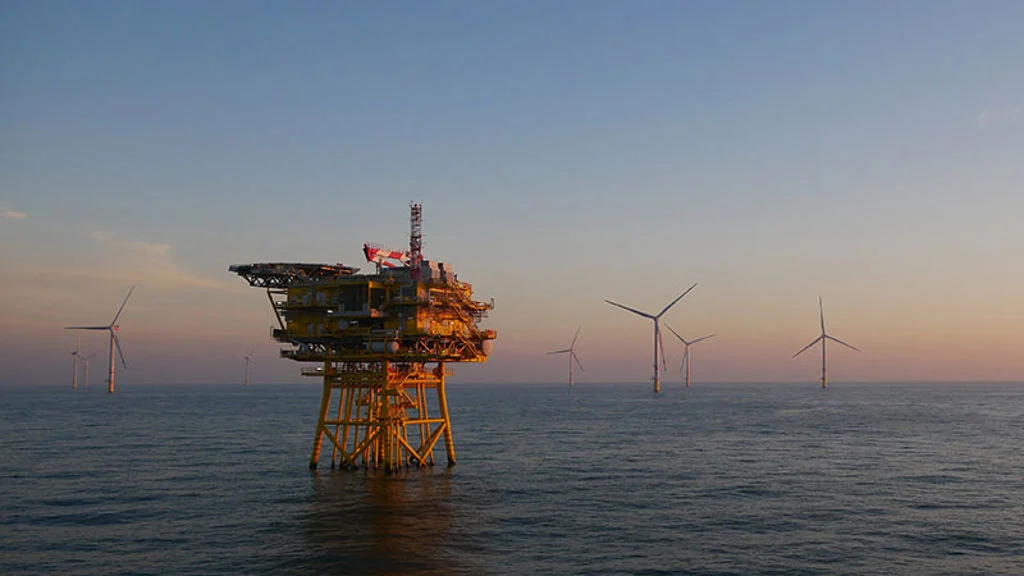Ocean Winds aims to nearly double Moray Firth’s capacity with the 2GW Caledonia Offshore Wind Farm, supplying Scotland with local, low-carbon electricity. The project will support Scotland’s renewable energy goals, enhance energy security and help meet net-zero targets - 2045 for Scotland and 2050 for the UK.
Ocean Winds required support to produce a robust and comprehensive environmental impact assessment to secure the required consent approvals for both the onshore and offshore project components. Arup led the preparation of the onshore and offshore consent applications, including the production of a thorough environmental impact assessment – which was required to consider different construction phasing scenarios.
We coordinated the submission of the onshore planning application, the offshore Section 36 application, which grants permission to build and operate offshore energy projects, and the Marine License consent application, which is necessary for any activity that affects the marine environment along with the supporting Environmental Impact Assessment Report. We also carried out detailed site assessments and coordinated with various environmental specialists.
The collaborative efforts across our various disciplines, as well as our lead offshore sub-consultant, GoBe, and the team from Ocean Winds, were instrumental in achieving the goals of this initiative. This project is crucial to meeting Scotland’s renewable offshore energy targets, reducing its reliance on fossil fuels, and supporting the transition to a low-carbon economy. Caledonia Offshore Wind Farm represents a significant step towards the UK's net-zero goals and could supply power equivalent to the demand of around two million homes.
Transforming renewable energy
Arup played a pivotal role in the development of the Caledonia Offshore Wind Farm. Incorporating both fixed and floating turbines, the wind farm is designed to significantly enhance Scotland's renewable energy capacity. With a planned capacity of 2GW, the wind farm will provide power equivalent to the needs of approximately two million homes.
Our team, including sub-consultants GoBe as lead offshore environmental specialists, delivered comprehensive consent submission documents for the onshore planning application and offshore consent applications, along with the supporting environmental impact assessment report.
One of the primary challenges we faced was ensuring that the environmental impact assessment was robust and met stringent regulatory standards. We overcame this by leveraging advanced modeling techniques and conducting extensive stakeholder engagement sessions to address potential environmental concerns proactively.
Additionally, our commitment to community involvement and transparent communication fostered strong support from local stakeholders, ensuring a smoother consent process and long-term project viability.







